Nofima: Studying coho salmon’s sea lice resistance could lead to genetic advances to better protect Atlantic salmon
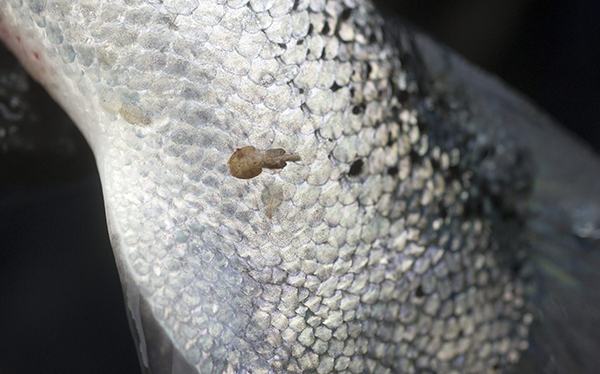
A new study from Norwegian food research institute Nofima suggests that a distant cousin of the Atlantic salmon might hold the secret to enhancing their resistance to sea lice. By studying how coho salmon fend off these parasites, researchers believe new genetic methods, such as gene editing, could be developed to improve Atlantic salmon’s sea lice resistance.
While Atlantic salmon are highly vulnerable to sea lice, coho salmon exhibit natural resistance. In coho salmon, sea lice attachment causes localized swelling, whereas Atlantic salmon show minimal swelling and rapid breakdown of their outer skin layer.
The cell-level mechanisms behind these differences have been unclear until now. An international team from the Roslin Institute and Nofima analyzed and compared the molecular and cellular responses of coho and Atlantic salmon to sea lice. Their findings reveal that skin cells, called keratinocytes, play a key role in triggering localized swelling that helps coho salmon kill and eliminate sea lice.
The researchers exposed both salmon species to sea lice and analyzed skin samples using a new RNA sequencing method to study gene expression at the cellular level. They discovered that coho salmon’s keratinocytes in the top three skin layers are crucial for responding to the infection. These cells help encapsulate and expel parasites. In contrast, sea lice can weaken Atlantic salmon’s immune system.
“We were able to pinpoint with unprecedented resolution the types of cells responsible for the skin swelling response used by coho salmon to resist sea lice, as well as those cells targeted by sea lice in Atlantic salmon to weaken this host species,” said Dr. Sarah Salisbury, a postdoctoral research fellow at the Roslin Institute. “These insights pave the way for the development of transformative therapies to counter this devastating parasite.”
Nofima researchers speculate that gene editing could improve Atlantic salmon’s sea lice resistance by targeting genes responsible for their susceptibility and enhancing coho salmon’s natural resistance.
Sea lice, which feed on fish skin and fins and cause wounds that can lead to infections, decrease the market value of farmed fish and impact wild salmon populations. The Atlantic salmon aquaculture industry, which spends more than $875 million annually on sea lice control, faces challenges with costly, often ineffective treatments that can harm the environment and affect animal welfare.
Now that you've reached the end of the article ...
… please consider supporting GSA’s mission to advance responsible seafood practices through education, advocacy and third-party assurances. The Advocate aims to document the evolution of responsible seafood practices and share the expansive knowledge of our vast network of contributors.
By becoming a Global Seafood Alliance member, you’re ensuring that all of the pre-competitive work we do through member benefits, resources and events can continue. Individual membership costs just $50 a year.
Not a GSA member? Join us.
Author
Tagged With
Related Posts
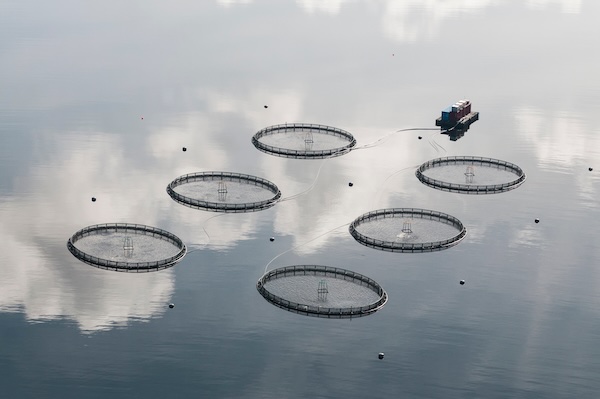
Health & Welfare
Tool in development aims to improve sea lice predictions and fish health
A new tool is being developed to improve sea lice predictions and enhance fish health with more reliable, consistent data.
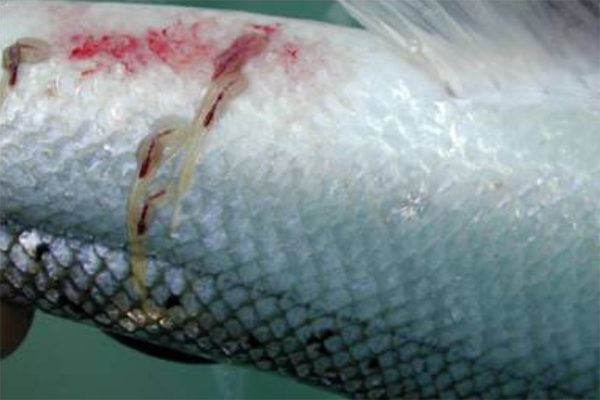
Health & Welfare
Scientists are developing a new ‘groundbreaking’ oral vaccine for sea lice in farmed Atlantic salmon
A new oral vaccine using reverse vaccinology and artificial intelligence may help with sea lice challenges faced by the aquaculture industry.
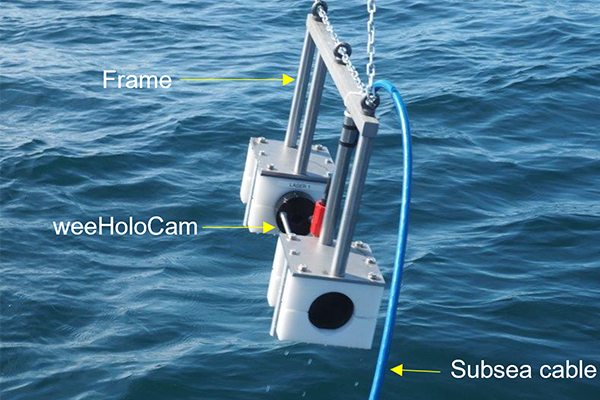
Intelligence
Could holographic cameras and AI technology lead to an early warning system for sea lice in the ocean?
Researchers are exploring the use of underwater holographic cameras and artificial intelligence technology to identify sea lice in the ocean.
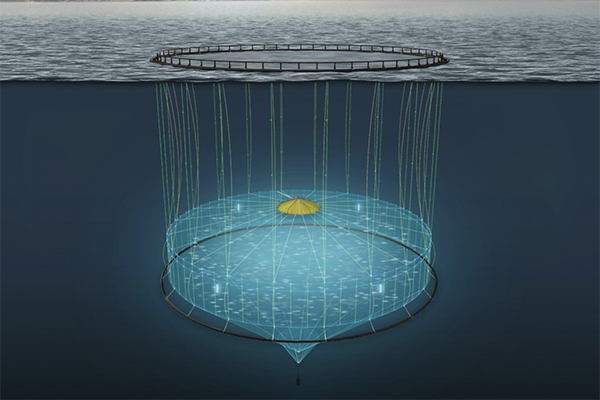
Innovation & Investment
Is deep-water aquaculture the way for salmon farmers to beat sea lice?
AKVA Group says recent trials reveal low sea lice numbers and reduced treatments when using its deep-water aquaculture technology.



